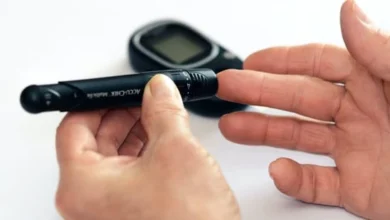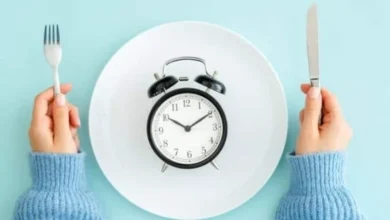FAST Action Saves Lives: Recognise Stroke Symptoms Before It’s Too Late

FAST Action Saves Lives: It only takes a few seconds for a stroke. Whether a person will be okay or spend the rest of their life disabled is determined by how fast warning signs can be recognised and addressed.
However, most people fail to recognise the early symptoms and waste vital time before reporting to the hospital for treatment. To identify a stroke, remember the FAST acronym: Face, Arms, Speech, Time. This can prove lifesaving and prevent irreversible brain damage in astrokepatient.
Understanding A Stroke
A stroke is a blockage of blood supply to part of the brain or portions of an artery that rupture and block brain cells from getting oxygen. This destroys brain cells within minutes and causes loss of movement, speech, or even consciousness. An estimated million people worldwide experience strokes annually – and fully. It is widely believed that at least half that number can be prevented or treated better if assistance arrives on time. The solution could just be to ‘know the signs’ and how to respond to them FAST.
What FAST Really Means
The FAST acronym is a simple means of recalling the most prevalent stroke signs. If a person stumbles or falls suddenly without tripping, or shows slurred speech without the influence of alcohol, then act FAST.
- F: Face asymmetry – Ask the person to smile and observe whether one side of their face is drooping or appears asymmetrical.
- A: Check for arm weakness – ask the person to raise both arms and observe whether one is dropping or weak.
- S: Check for speech difficulty – have them repeat a brief sentence and listen to see if their speech sounds slurred or mumbling.
- T: Time to call for help – if you notice any of the above symptoms; call emergency services for immediate medical help.
This quick checklist enables anyone, not just medical professionals, to respond quickly. A stroke is a medical emergency, and the quicker the patient is treated, the better the chances of recovery and survival.
Why Every Minute Matters
Physicians in stroke treatment refer to a “golden window”, the initial four-and-a-half-hour period after onset of symptoms. During this time, intravenous drug therapy to break up blood clots or interventional therapy can reopen the channel of blood flow to the brain and reduce permanent loss. If large vessel is
If this time is lost, the chances of recovery plummet sharply. Each minute a stroke goes untreated, almost two million brain cells perish. This is the reason stroke experts stress that lost time is equal to lost brain.
Common Myths That Delay Care
Even today, myths around stroke symptoms cause deadly delays. While many believe strokes occur only in the elderly, in reality strokes among younger adults are increasing due to high-stress lifestyles, high blood pressure, diabetes, and sedentary lifestyles.
Others believe that signs such as dizziness, confusion, or slurred speech will “pass” after a while. A stroke is not a transient event, it is a life-threatening emergency. Another myth is making the person experiencing a stroke lie flat on a surface or drink water will “balance the body”. However, this is dangerous as it delays crucial medical help.
Public awareness is the best protection against these myths. Knowledge of stroke as a condition that demands immediate intervention similar to a heart attack is essential to increase survival rates among stroke victims.
Immediate Medical Response
Modern hospitals have sophisticated mechanisms for stroke response that kick into action the moment a suspected case arrives. A team of experts, consisting of emergency physicians, neurologists,Interventional Neurologists and radiologists quickly examines and treats the patient.
New imaging technology determines the type of stroke within minutes so that physicians know whether to dissolve a clot or stop bleeding. Most ambulances are being made stroke-ready so that treatment can begin as soon as the patient is contacted at site. These innovations rely on one key variable -how quickly a patient arrives at a hospital.
Recovery And Rehabilitation
Even after the emergency phase, stroke recovery continues with lifestyle modifications, speech therapy, and physiotherapy. Early rehabilitation encourages mobility as well as independence. Stroke survivors can live normal lives after treatment, but only if help arrives on time.
Astrokerequires instant recognition and management. Learning to spot the signs and call for help can make a huge difference on outcomes between recovery, disability, or death. For a stroke victim, every second counts. Prompt action and quick thinking gives an individual their best chance at life. So remember, just act FAST!
(By Dr Vikram Huded, Senior Consultant, Director, and Clinical Lead, Interventional Neurology Program, Narayana Health)








